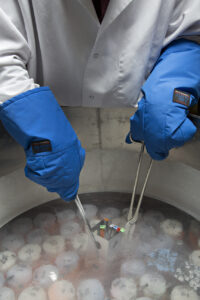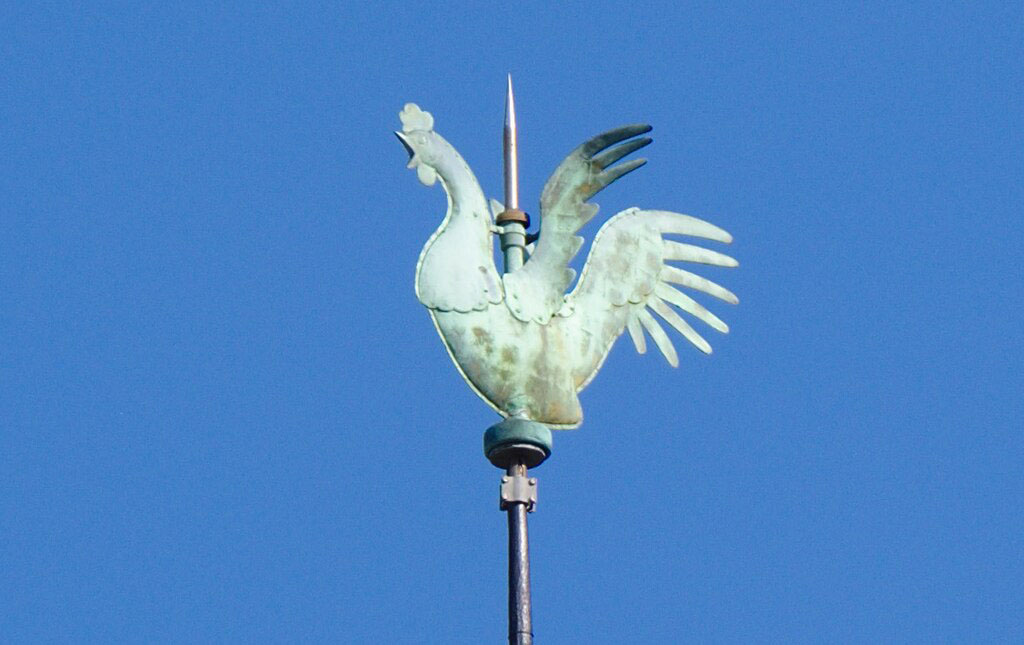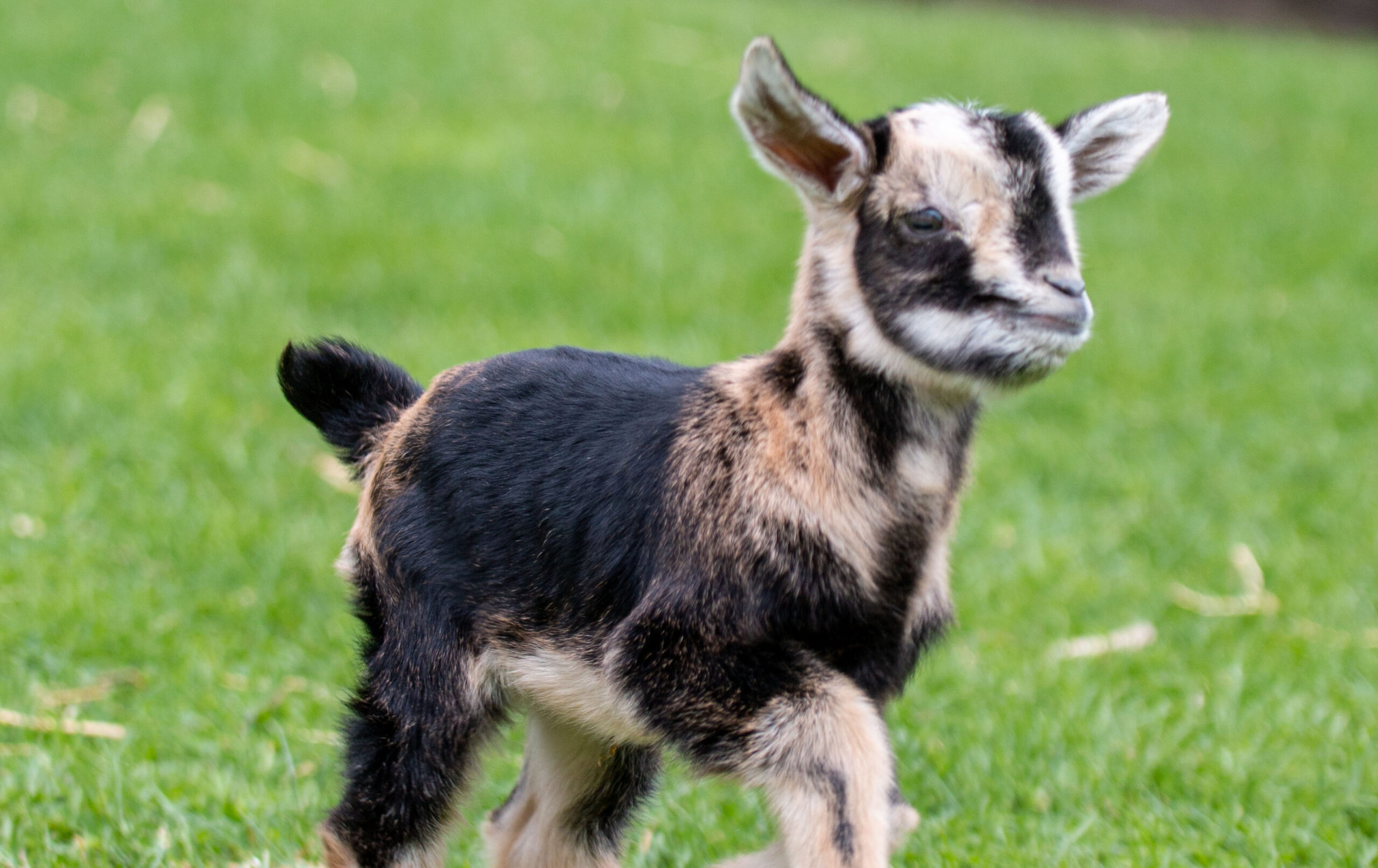Editor’s Note: One of the more scientific approaches to livestock conservation involves retaining genetics for future use. Here, Dr. Phil Sponenberg, technical adviser to The Livestock Conservancy and retired professor from the Virginia-Maryland College of Veterinary Medicine, gives an overview of “Bio Banking.”
Bio Banking is the frozen storage of genetic material that can be used to reconstitute a breed on into the future. Techniques and potentials vary greatly from species to species but are always improving. The earliest technique was the freezing of semen, first targeted at dairy cattle. The technique provided the option to use a single bull to produce tens of thousands of calves over a breeding career. The positive consequence of this has been huge gains in genetic potential for milk production. The negative consequence has been a steady decrease in the underlying genetic variation present within many dairy breeds, with an increasing potential for inbreeding depression.
 From that early start, frozen semen has been expanded to other species. It has become routinely used in dairy goat breeding. It has inherent hurdles in sheep due to details of the anatomy of ewes. In the case of swine, frozen semen has been unable to completely replace the ease and success rate of fresh (unfrozen) semen. Success has also become routine in horses, a bit less so in donkeys. Freezing and using poultry semen has hit a number of challenges that are still being overcome.
From that early start, frozen semen has been expanded to other species. It has become routinely used in dairy goat breeding. It has inherent hurdles in sheep due to details of the anatomy of ewes. In the case of swine, frozen semen has been unable to completely replace the ease and success rate of fresh (unfrozen) semen. Success has also become routine in horses, a bit less so in donkeys. Freezing and using poultry semen has hit a number of challenges that are still being overcome.
A next advance is the freezing of early embryos. Each frozen embryo is a unique individual, and its potential for production or other traits is a bit of a black box. Despite that minor drawback, the technique is broadly successful. Frozen embryos are an important addition to frozen semen because they provide for the reconstitution of the female side of population, which can then be used with frozen semen to expand or otherwise manage a population. S
emen, oocytes and embryos all fall loosely under the umbrella of “germ plasm” or reproductive cells. Non-reproductive cells (called “somatic cells”) can also be harvested, processed and stored. While they are not directly involved in reproduction, they can be used to produce clones of the original donor animal. As with the other techniques, there are both potential advantages along with potential threats. The advantages are enhanced potential to save a broad range of individuals within a breed. A disadvantage is the temptation to flood a breed with whatever individual is considered “best” by repeatedly cloning that one individual.
Good outcomes for biobanking involve a combination of approaches that address semen, embryos and somatic cells. The collection of these can be done by different strategies. One strategy is to select donors solely on their own superior performance. The risk with this is that only a small segment of the breed is saved, albeit the top end. A second strategy is a random approach, where donors are selected randomly. The main drawback to this approach is that it is likely to over-represent common bloodlines and to miss the rare bloodlines. A targeted approach that tries to balance the contribution of all bloodlines is more laborious but also more likely to completely bank the breed.
These techniques are all powerful, and especially so when used together to save breeds.



